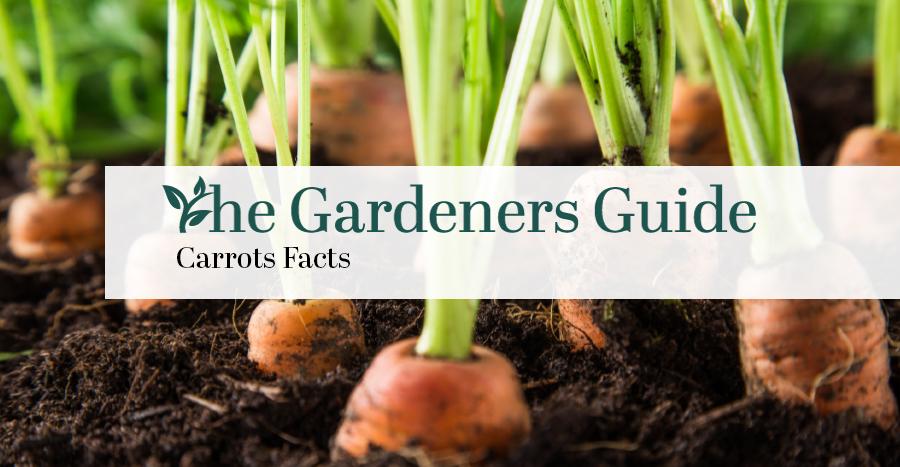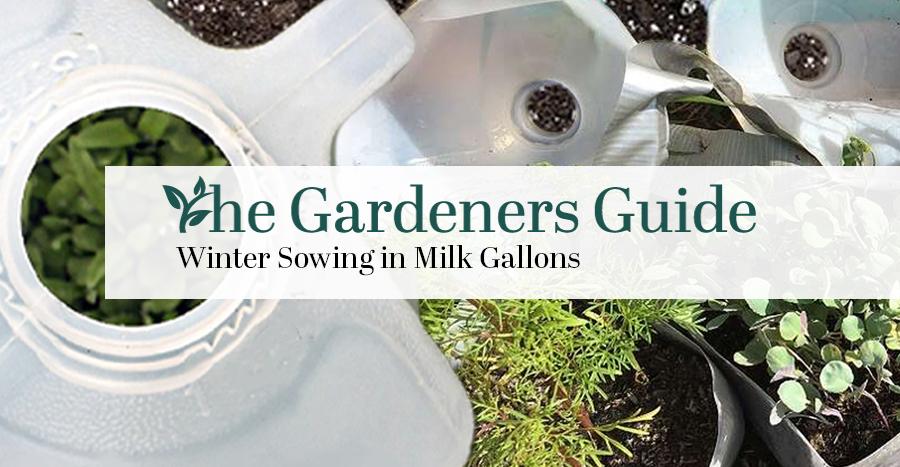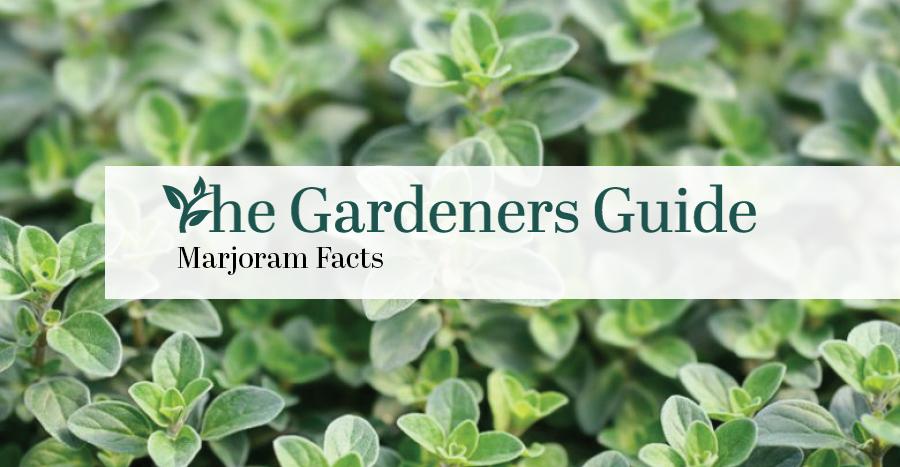Carrot Care: Planting, Growing, and Harvesting Carrots
Carrots, scientifically known as Daucus carota, are a root vegetable that belongs to the Apiaceae family. Originating in Afghanistan around 5000 years ago, carrots have become one of the most popular and widely cultivated vegetables worldwide. The plant is characterized by its long, slender taproot that can grow up to 20 inches in length and comes in various vibrant colors such as orange, purple, red, white, and yellow.
Rich in vitamins A, C, and K, along with dietary fiber and potassium, carrots offer numerous health benefits. They are known for promoting eye health due to their high beta-carotene content which gets converted into vitamin A in the body. Carrots also provide antioxidants that help reduce inflammation and support a healthy immune system. Apart from their nutritional value, this versatile plant can enhance the taste of various dishes when used raw or cooked.
In addition to their culinary uses and health benefits, carrots have also found their place in traditional medicine practices for centuries. Ancient cultures recognized carrot’s healing properties for ailments such as digestive issues and respiratory disorders. Furthermore, various studies suggest that specific compounds in carrots possess anti-cancer properties.
All these factors combined make carrots an excellent addition to any home garden or vegetable plot.
Planting
- Carrots are a cool-season crop that can tolerate frost. They should be planted in the spring or fall, about two weeks before the last expected frost date or as soon as the soil can be worked. This allows the carrots to mature in cooler temperatures, resulting in sweeter and more flavorful roots.
- Carrots need at least six hours of direct sunlight daily to thrive. However, they can tolerate partial shade, especially in warmer regions where intense sunlight might scorch their delicate leaves. It’s essential to choose a well-draining location with plenty of sunshine so that the roots develop properly.
- Seeds should be planted about one inch apart and half an inch deep. Once they germinate and reach a height of one inch, thinning is necessary to provide adequate space for each plant’s root system. The ideal distance between mature plants is around two to three inches.
- Avoid sowing seeds during excessively hot weather, as high temperatures can hinder germination and cause poor root formation. Additionally, heavy clay soils or compacted soil should be avoided since this makes it harder for carrot roots to penetrate and grow properly.
Growing
- Seedlings require consistent moisture to grow properly. Be sure to water them regularly, keeping the soil moist but not overly saturated. This will help the roots establish and ensure proper growth.
- When planting your carrot seedlings, make sure to give them enough space to grow. Carrots need room for their roots to develop, so space them about 1 inch apart in rows that are spaced 12 inches apart. This will allow each plant enough space to get the nutrients it needs and prevent overcrowding.
- After planting your seedlings, water them well to ensure they are properly hydrated. Be careful not to overwater, as this can lead to rotting of the roots. Aim for about an inch of water per week, either through rain or manual watering, depending on your climate.
- As your carrot plants start growing, you may notice that they are too close together. In this case, thinning is necessary to give the remaining plants more room and resources. Thin out the weaker plants so that there’s about 1-2 inches between each healthy plant.
- Once your carrot plants reach maturity and start producing carrots underground, their water needs change slightly. While they still need consistent moisture like when they were seedlings, avoid overwatering as it can cause cracking or splitting of carrots.
Remember: Download our Fact Sheet Below!
You’ll be able to refer to this reference whenever you need to look up the ideal growing conditions.

Recommended Varieties
If you’re a fan of heirloom varieties, the Atomic Red carrot is sure to catch your attention. With its stunning deep red color and crisp, sweet flavor, this variety is as delicious as it is visually appealing. It’s also packed with nutritional benefits, including high levels of beta-carotene and antioxidants. Whether you enjoy them raw in salads, roasted with honey and thyme, or juiced for a vibrant orange juice, Atomic Red carrots are an excellent choice for any garden.
For those looking for something a little different, the Cosmic Purple carrot is a must-try. These striking purple roots offer a slightly earthy and subtly spicy flavor. Rich in anthocyanins and other beneficial compounds found in purple vegetables, Cosmic Purple carrots have been touted for their potential anti-inflammatory properties. Munch on them raw for an unexpected burst of color in your lunchtime snack or steam them gently to retain their vibrant hue. Either way, these unique carrots will be sure to impress both your eyes and taste buds.
Lastly, if you prefer more subtle flavors with hints of sweetness and notes of spice, the Napoli carrot is worth considering. With its elongated shape and dark orange hue reminiscent of autumn sunsets, this variety adds elegance to any dish it graces. Napoli carrots are known for their versatility; perfect for roasting alongside other root vegetables or lending a pleasant crunch when added to stir-fries or pasta dishes.
Harvesting Carrrots
When to harvest:
- Carrots are typically ready for harvesting 70-80 days after planting.
- The size of the tops can also be an indicator. If they are around 1 inch in diameter, it’s a good cue that the carrots are mature.
How to know when it’s ready:
- Gently brush away some soil from the top of a carrot and inspect its color. A vibrant orange hue means it’s ripe and ready to be pulled out.
- Another way is to give the carrot a light tug. If it comes out easily without much resistance, then it is time to harvest.
How to harvest:
- Start by loosening the soil around the base of each carrot using a gardening fork or trowel.
- Slide your hand under each carrot gently and lift them out by gripping their greens. Do not pull from above as this may potentially damage or break them.
Storing techniques and methods:
- Remove any excess soil from the carrots but don’t wash them before storing.
- Cut off their leafy tops about half an inch above where they meet the vegetable itself. Leaving any parts attached will only draw moisture away from the carrots, leading to quicker spoilage.
- Place them in perforated plastic bags or containers lined with damp paper towels or sand, and store in a cool location like your fridge’s vegetable drawer.
Harvesting Seeds:
- To harvest carrot seeds, allow some of your plants to mature fully without being harvested as vegetables. As the plants go through their natural lifecycle, they will eventually produce seed heads that resemble small umbrellas. These seed heads will turn brown and dry out over time.
- Once the seed heads have dried completely on the plant, carefully cut them off and place them in a paper bag. Shake the bag gently to release the seeds from the seed heads. The small, brown carrot seeds will fall into the bottom of the bag while any remaining plant material can be discarded.
Gardening Products
Interesting facts
Carrots have long been a staple in many diets across the world, but have you ever stopped to wonder what they actually taste like? The taste of a carrot can vary depending on its variety and how it is cooked. Some describe the flavor as earthy and mild, while others find it sweet and slightly tangy. Interestingly, carrots also possess a natural sweetness that intensifies when they are cooked or roasted. This unique balance of flavors makes them a versatile ingredient in both savory and sweet dishes.
Beyond their tantalizing taste, carrots are shrouded in interesting mysteries. Did you know that originally, carrots were not orange at all? They come in various colors such as purple, red, yellow, and white. It wasn’t until the 17th century that Dutch farmers selectively bred orange carrots to honor William of Orange, who led the Dutch rebellion against Spain during the Eighty Years’ War. What started as an act of patriotism quickly spread throughout Europe, leading to orange becoming the dominant color associated with carrots today.
The symbolism behind carrots dates back centuries and varies from culture to culture. In ancient times, this humble vegetable was believed to have magical properties that could ward off evil spirits or grant good luck. Moreover, carrots symbolized fertility due to their vibrant orange color resembling the sun’s rays and their association with growth underground – much like seeds germinating beneath the soil’s surface. Today, this interpretation remains ingrained within our cultural psyche as we continue to associate these vibrant roots with vitality and regeneration.
Pest and Diseases:
- Carrot fly: This common pest is attracted to the smell of bruised carrot foliage. They lay their eggs near the base of the plant, and when the larvae hatch, they burrow into the root causing damage. To deter carrot flies, you can use fleece covers or plant carrots in a raised bed.
- Leaf blight: This fungal disease affects the leaves of carrot plants, causing them to turn yellow and wither. It is often caused by overwatering or poor air circulation. To prevent leaf blight, water your carrots at soil level instead of overhead watering and ensure good airflow by spacing out your plants properly.
- Cavity spot: This disease affects the roots of carrot plants and causes small cavities to form on the surface. It is typically caused by fluctuating moisture levels in the soil. Avoid overwatering or allowing the soil to dry out completely to prevent cavity spot.
- Powdery mildew: This common fungal disease appears as a white powdery coating on leaves and stems. It thrives in warm, humid conditions. To prevent powdery mildew, ensure good ventilation around your carrots by spacing them apart and avoid overhead watering.
Download Our Fact Sheet
Whether you’re a seasoned gardener or just starting out, it’s important to understand the basic needs of these plants to ensure successful growth and bountiful harvests. That’s why we’ve created a downloadable Fact Sheet for your journal or garden planner, so you have all the key information at your fingertips.
Our fact sheet provides a quick overview of details on your plants care. You’ll be able to refer to this reference whenever you need to look up the ideal growing conditions for this plant, including soil type and temperature requirements. With this quick reference guide in hand, you can easily consult it whenever you need reminders about caring for your plants.
This article may contains some affiliate links. By making a purchase through the affiliate links in this article, you are supporting the author and granting them a small commission.










Leave a Reply
Want to join the discussion?Feel free to contribute!